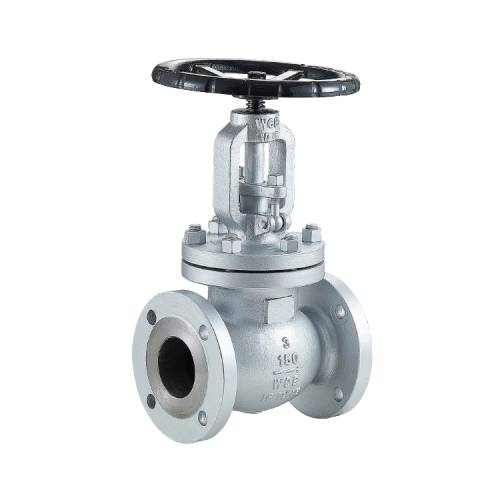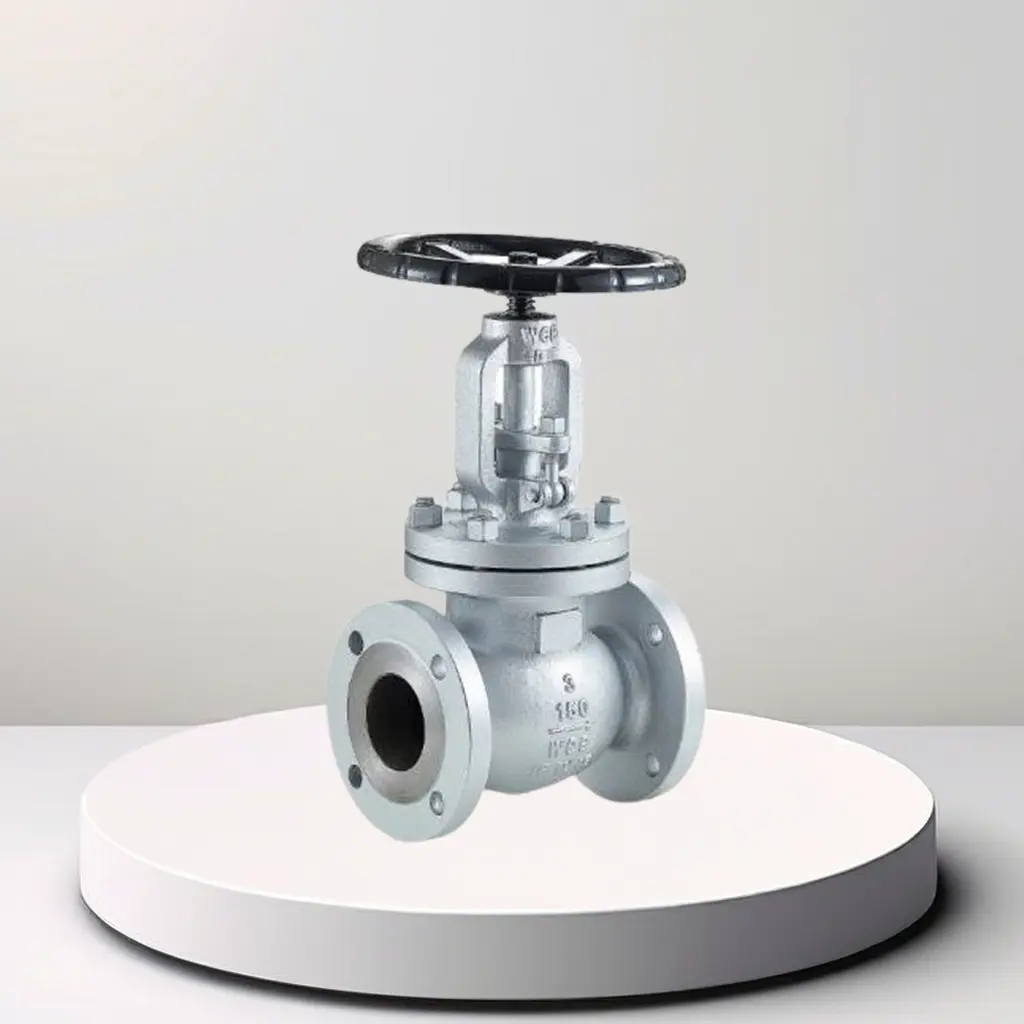Product Description
A stainless steel flange globe valve is a versatile and robust valve used in various industrial applications to control the flow of fluids. Here’s an in-depth overview covering its components, working principle, advantages, applications, and installation considerations:
Components and Design:
1. Body and Bonnet: The main body and bonnet of the valve are typically made from stainless steel (grades such as 304 or 316), which provides excellent corrosion resistance and mechanical strength. These components house the internal valve mechanism and provide connection points for flanged piping systems.
2. Disc (Plug) and Stem: Inside the valve body, the disc or plug is connected to the valve stem. The stem extends through the bonnet and operates vertically to open or close the valve by moving the disc against the valve seat.
3. Valve Seat: The seating surface is where the disc or plug makes contact with the valve seat to achieve a tight shut-off and control the flow rate of fluids passing through the valve.
4. Flanged Ends: Both ends of the valve feature flanges that adhere to industry standards (such as ANSI, DIN, or BS) for bolted connections. These flanges allow the valve to be securely mounted in a pipeline system, facilitating installation, maintenance, and removal when necessary.
5. Packing Gland: Some designs may include a packing gland around the valve stem to provide additional sealing and prevent leakage around the stem.
Working Principle:
1. Flow Control: Fluid enters the valve through the inlet port and flows into the valve body. When the valve is open, the disc or plug moves away from the seat, allowing fluid to pass through. Turning the handwheel or actuating mechanism lowers or raises the stem to adjust the position of the disc, thereby controlling the flow rate.
2. Shut-off Capability: When the valve is closed, the disc or plug presses against the valve seat, creating a seal that prevents fluid from passing through the valve, achieving a tight shut-off.
Advantages:
1. Corrosion Resistance: Stainless steel construction provides excellent resistance to corrosion, making the valve suitable for handling corrosive fluids and environments.
2. Durability: Stainless steel valves are durable and capable of withstanding high pressures and temperatures, ensuring long-term reliability and minimal maintenance.
3. Versatility: Suitable for a wide range of applications in industries such as oil and gas, chemical processing, water treatment, HVAC systems, and more.
4. Ease of Installation: Flanged ends simplify installation and allow for quick connection and disconnection from the pipeline system, facilitating maintenance and repairs.
5. Control and Regulation: Globe valves offer precise control over flow rates, making them ideal for applications requiring accurate fluid regulation.
Applications:
1. Industrial Processes: Used in pipelines to control the flow of various fluids, including steam, gases, chemicals, and water, in industrial manufacturing and processing plants.
2. Water Treatment: Installed in water distribution and treatment systems to regulate water flow and ensure efficient operation.
3. Oil and Gas Industry: Employed in refineries, petrochemical plants, and pipelines to control the flow of oil, gas, and other hydrocarbons.
4. HVAC Systems: Integrated into heating, ventilation, and air conditioning systems to control the flow of water, refrigerants, and other fluids.
5. Power Generation: Utilized in power plants to regulate steam flow, ensuring efficient energy production and safety.
Installation and Maintenance:
1. Proper Orientation: Install the valve with the flow direction indicated on the valve body, ensuring optimal performance and longevity.
2. Flange Connection: Ensure proper alignment and bolt tightening when connecting the valve to flanged pipelines to prevent leaks and ensure safety.
3. Regular Inspection: Periodically inspect the valve for wear, corrosion, or leakage. Perform preventive maintenance as recommended by the manufacturer to extend the valve’s service life and maintain performance.
4. Actuation: Choose appropriate valve actuation methods such as manual operation with a handwheel or automated control with actuators, depending on operational requirements and system integration needs.
In summary, a stainless steel flange globe valve is a reliable and versatile component used in fluid control systems across various industries. Its robust construction, corrosion resistance, and precise flow control capabilities make it essential for ensuring operational efficiency, safety, and reliability in industrial processes and infrastructure.

